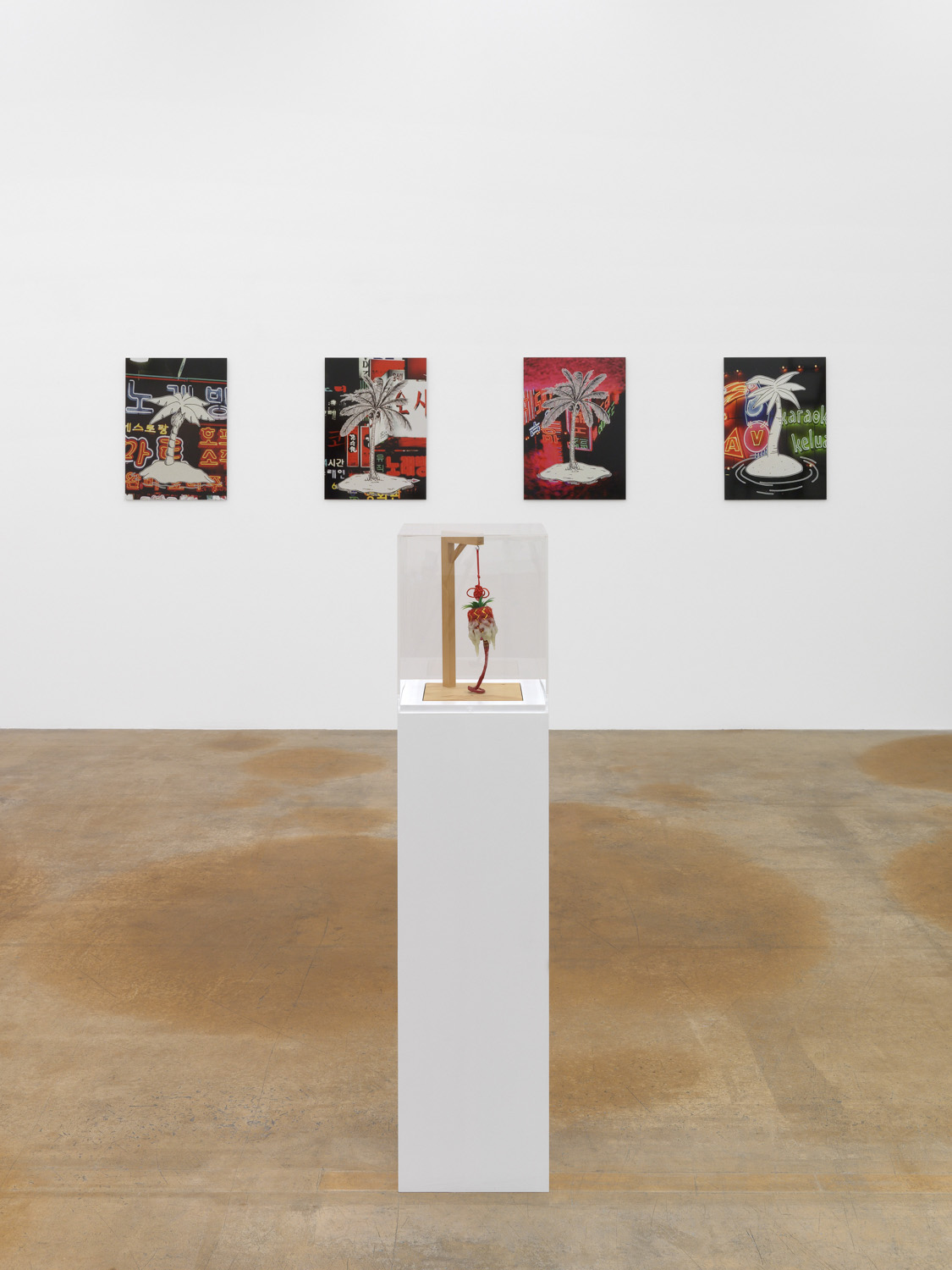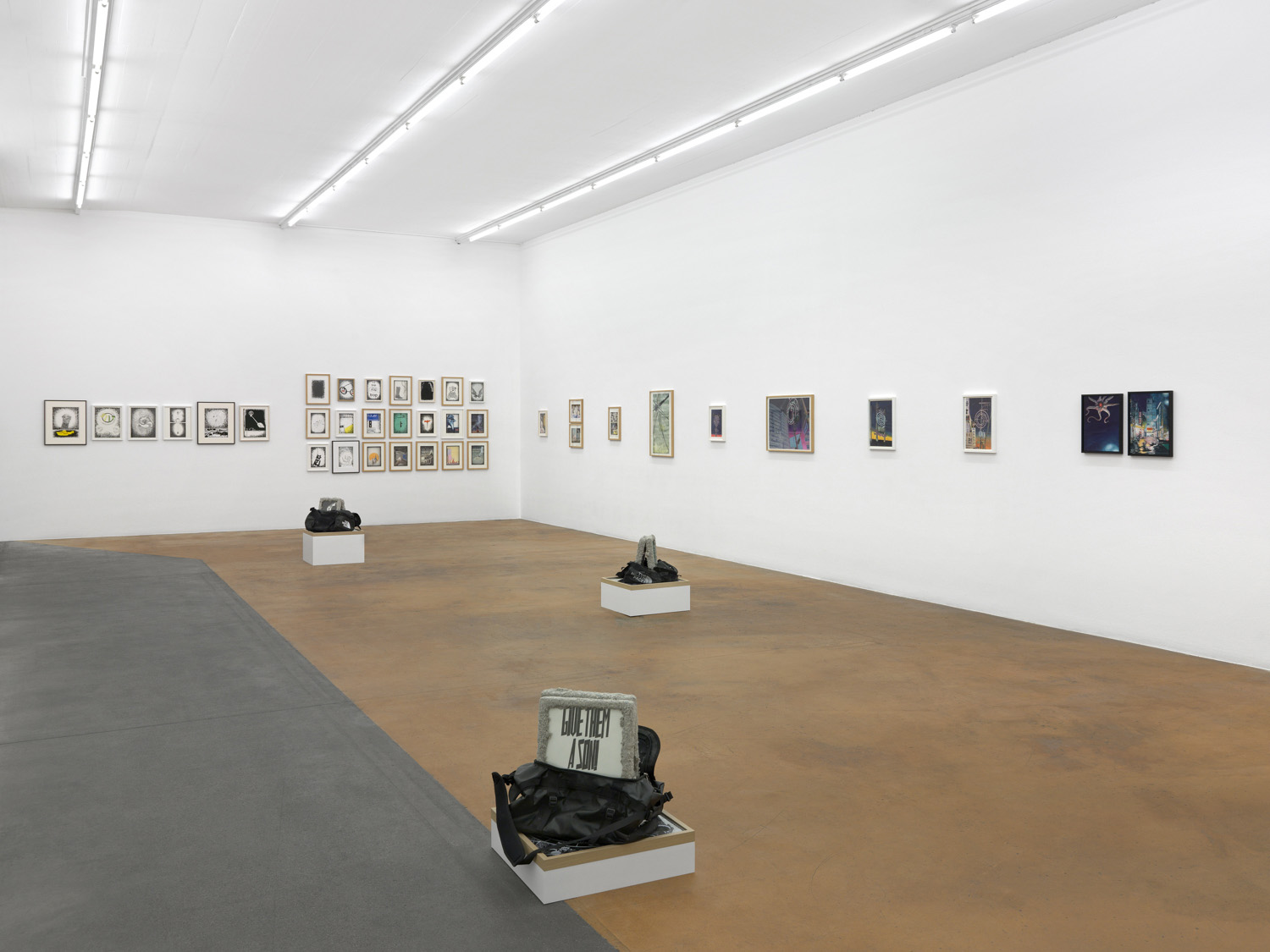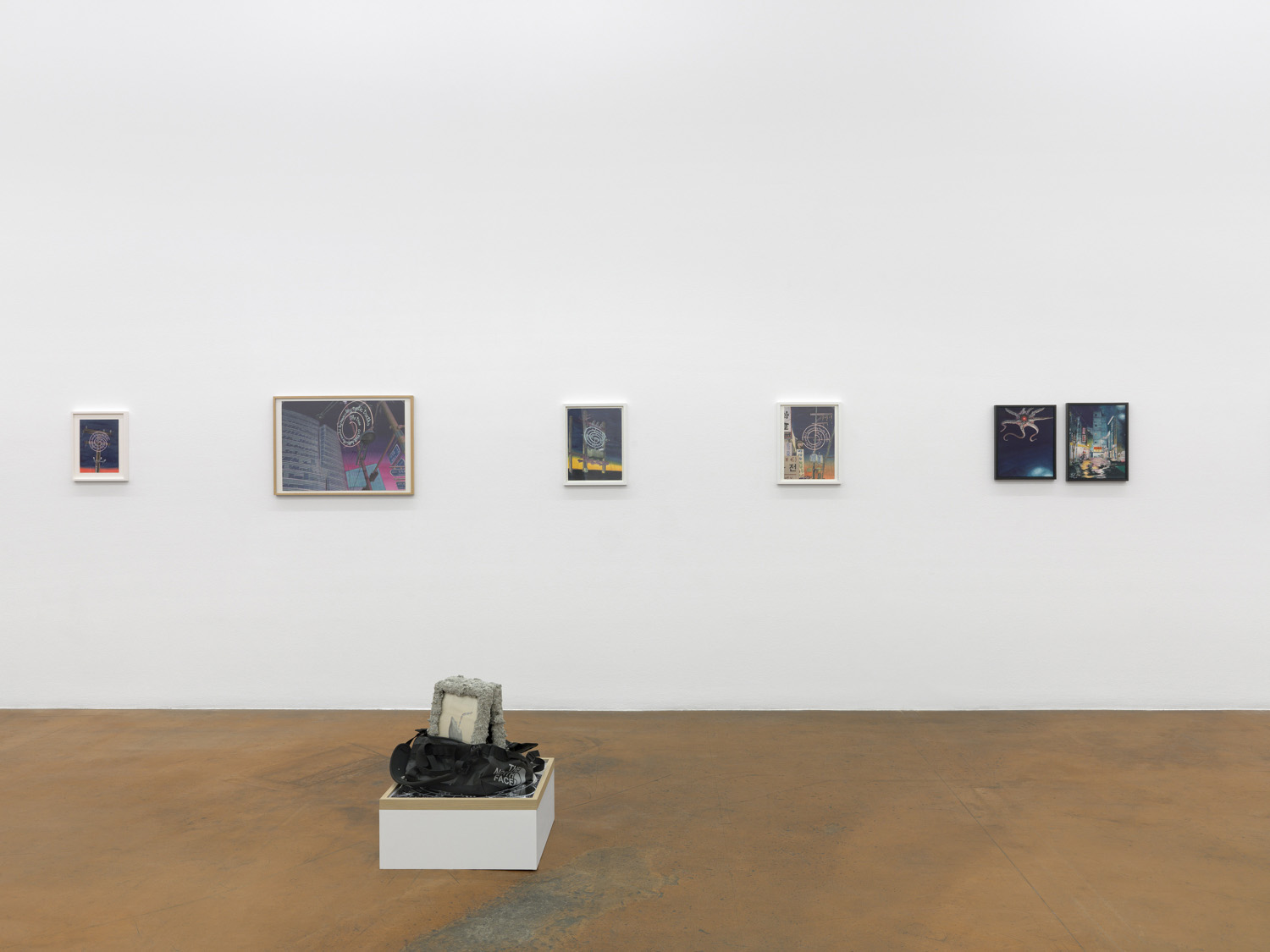This exhibition was the first retrospective devoted to Seob Kim, an artist who has occupied a singular position in Geneva's artistic ecosystem for nearly twenty years. In addition to being an exhibition curator, a director of plays, concerts and dance performances, a writer, a filmmaker, and a sculptor, Seob Kim is also the author of an important body of drawings and watercolors, which is the driving force behind his projects' collaborative and collective aspirations, and is the starting-point for this exhibition.
The "People" series, begun in 2016, thus acts as an "agora": each drawing is titled with the name of a person Seob Kim associates with (artists, students, close or distant friends, as well as many of their children). Some of the drawings are done quickly, and highlight distinctive features of the person depicted (an emblematic work by a particular artist, for example), while others are based on private anecdotes that only Seob Kim and his model know. The meaning that can be drawn from these visual riddles is fleeting, and these works make their subjects into objects of conversation. They are therefore not so much portraits as spaces for public projections. This relational dimension is reinforced by a protocol that prohibits buyers from purchasing drawings that bear their name. This device may at first appear playful, but it nonetheless reveals a traumatic dimension of the relationship to the other, by reminding us that our understanding of the people we encounter daily is only an unstable assemblage of pieces of the world that we weave together in an arbitrary way. On the other hand, it also highlights the instability that is present as we, with the help of these same “pieces,” compose our own identity.
Other “algorithms” than those generated by the world of culture feed the interpretive structures of the drawings, such as astrology, a belief system that is both erudite and popular, which no one (officially) believes in, but to which many of us still refer. At times, one is confronted with moments of contemplation in front of hallucinatory representations of Asian cities or rural American landscapes, informed by the history of cinema, photography, and Californian post-war art; there, above-ground electric grids power old neon signs whose flickering creed proclaims that, as originally stated by Bruce Nauman, “The true artist helps the world by revealing mystic truths.”
- Curated by Fabrice Stroun


